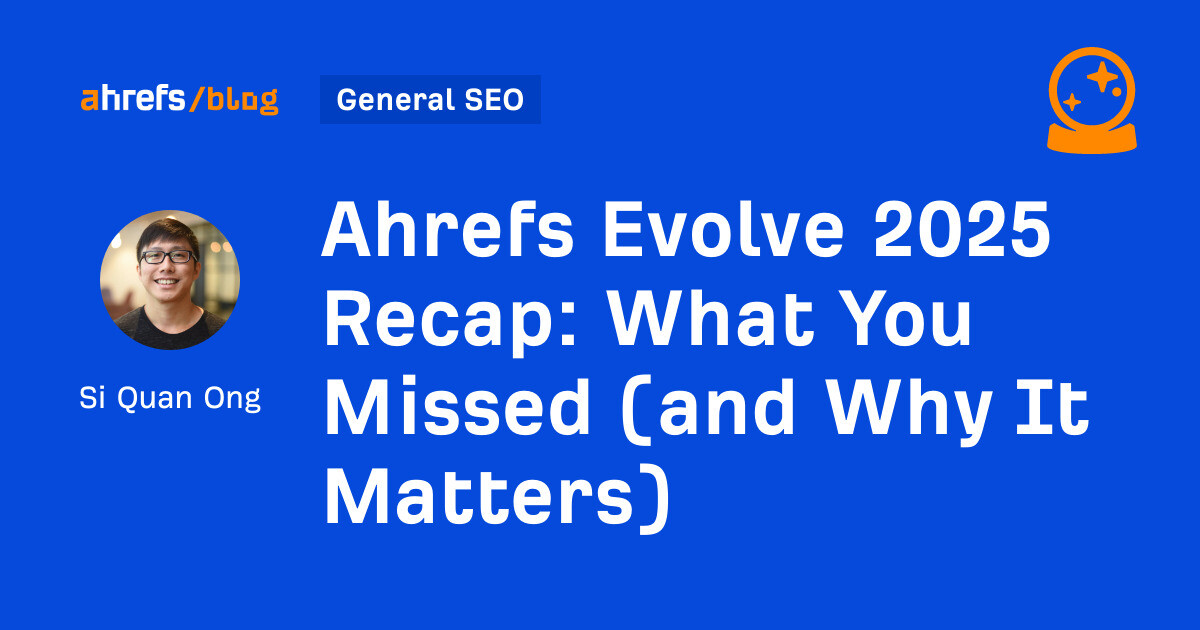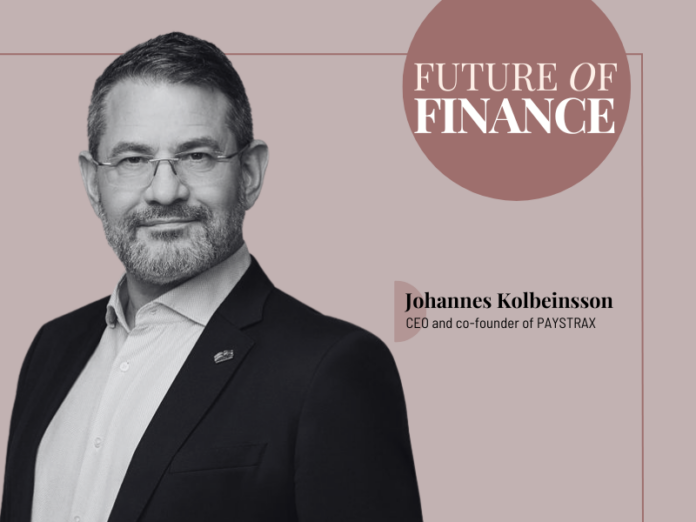Europe continues to lead global fintech innovation, this time through the convergence of embedded finance and artificial intelligence. Johannes Kolbeinsson, CEO and co-founder of PAYSTRAX, explains how AI is transforming embedded finance by enabling seamless, secure, and personalised financial experiences while highlighting the importance of trust and regulatory balance.
Introduction
What do the EMV standard, contactless cards and the World Wide Web all share? They were all pioneered in Europe.
Innovation and early adoption have always been part of the continent’s fintech story. Now another wave is building: the coming together of embedded finance and artificial intelligence.
Excitement is high, but as with previous breakthroughs, progress must be tempered with regulation and trust.
Where is embedded finance now?
The rise of embedded payments is no longer a concept on the horizon. With digital wallets and one-click checkouts becoming standard, consumers now expect to complete financial tasks within the apps and platforms they already use.
The global market for embedded finance is expected to grow from 92 billion dollars in 2024 to 228 billion dollars in 2028. Europe is at the heart of this growth. By 2030, McKinsey projects the embedded finance sector could surpass 100 billion euros. At the same time, payment infrastructure continues to evolve. In the first half of 2024, contactless payments in the euro area grew by more than 13 per cent in both number and value, with almost four out of five card payments now contactless.
The message is clear. The world has become accustomed to instant, seamless experiences, from ordering food to booking an Uber. Finance is no different. Consumers no longer want to be redirected or slowed down.
They expect it to just work.
An AI moment
The real breakthrough comes when embedded finance is combined with AI.
Together, they can create personalised offers that are timely and relevant. Picture a shopper being offered instalment options at checkout, or a micro-loan to round out their basket, all within a single app. These interactions strengthen the bond between brand and customer, helping businesses improve loyalty.
AI also transforms security. Fraud is a major concern, yet machine learning systems can spot suspicious behaviour in real time and stop it before the customer even notices. This is where the technology delivers both safety and speed. The user enjoys a smooth journey, while the system adapts and protects in the background. In card payments, AI enables faster risk modelling and more accurate credit scoring. Instead of relying solely on historic credit reports, platforms can use behavioural signals and alternative data to price loans fairly and responsibly.
Analysts estimate that embedded card payments, powered by these tools, could account for a significant share of Europe’s financial services market by the end of the decade.
Risk and responsibility
For all its promise, embedded finance powered by AI is not without potential pitfalls.
One is regulatory complexity. While initiatives such as PSD2 have laid the foundations for a unified framework for electronic payments, rules still vary widely between European countries. Firms attempting to scale across borders face a patchwork of licensing, consumer protection and compliance requirements.
Trust is another challenge. As AI systems play a bigger role in deciding who receives credit, what pricing is offered and which transactions are flagged as fraud, the risk of bias or unfair outcomes rises. Regulators such as the European Central Bank have been clear: AI systems must be explainable, transparent and auditable.
Customers need to understand why a decision was made. Black box models will not do. There are structural risks, too. Heavy investment in AI tends to favour incumbents and large platforms, creating concentration around a handful of providers. If one of these fails or a model turns out to be flawed, the ripple effects could be widespread.
On top of this, macroeconomic conditions matter. High interest rates or rising default levels could make embedded card payments less attractive, even if the technology is sound.
Conclusion
Despite the challenges, the outlook is still optimistic.
Use cases are expanding beyond card payments. Embedded insurance is already appearing at travel checkouts and in mobility apps. Payroll, savings accounts and virtual cards are also gaining traction.
For businesses, the ability to plug these services into existing platforms opens new revenue streams and deeper customer relationships. Partnerships are another driver. Few companies want to build an entire payments system from scratch.
New technology platforms and Payments-as-a-Service providers are making it easier for non-banks to add financial services quickly and securely. This lowers barriers for smaller companies and helps them compete with bigger players. Regulation, if designed well, can also be a positive force. Upcoming rules like PSD3 and the Financial Data Access proposal aim to improve data sharing, clarify responsibilities, and protect consumers. Done right, these measures will build confidence for both businesses and customers. Europe is well-positioned, with open payments, strong API infrastructure, and consumers eager for smoother, simpler experiences.
The task ahead is to balance speed with responsibility. AI cannot simply automate processes. It should be built to anticipate needs, personalise interactions, and build trust. If European fintechs and regulators can achieve this balance, the continent has the opportunity to set the global standard once again.
The lesson from history is clear. Europe has led before, and it can lead again.
About the Author
 Johannes Kolbeinsson co-founded PAYSTRAX in Lithuania in 2018 and has more than 20 years’ worth of experience working in the fintech and payments industries. Kolbeinsson was previously co-founder and CEO of Icelandic payment service provider KORTA PAY (now RAPYD Europe) between 2002 and 2018, helping revolutionise the country’s financial transaction market. Johannes received a management excellence award from the President of Iceland for his leadership of the company.
Johannes Kolbeinsson co-founded PAYSTRAX in Lithuania in 2018 and has more than 20 years’ worth of experience working in the fintech and payments industries. Kolbeinsson was previously co-founder and CEO of Icelandic payment service provider KORTA PAY (now RAPYD Europe) between 2002 and 2018, helping revolutionise the country’s financial transaction market. Johannes received a management excellence award from the President of Iceland for his leadership of the company.











